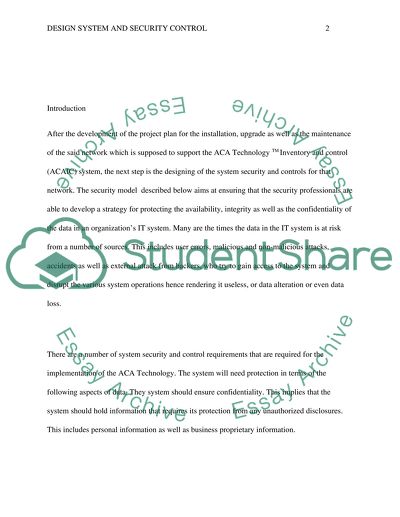Cite this document
(“Design System and Security Control Essay Example | Topics and Well Written Essays - 3250 words”, n.d.)
Retrieved de https://studentshare.org/information-technology/1392675-design-system-and-security-control
Retrieved de https://studentshare.org/information-technology/1392675-design-system-and-security-control
(Design System and Security Control Essay Example | Topics and Well Written Essays - 3250 Words)
https://studentshare.org/information-technology/1392675-design-system-and-security-control.
https://studentshare.org/information-technology/1392675-design-system-and-security-control.
“Design System and Security Control Essay Example | Topics and Well Written Essays - 3250 Words”, n.d. https://studentshare.org/information-technology/1392675-design-system-and-security-control.


